News
Discover the strongest animal in the world: Nature’s powerhouses
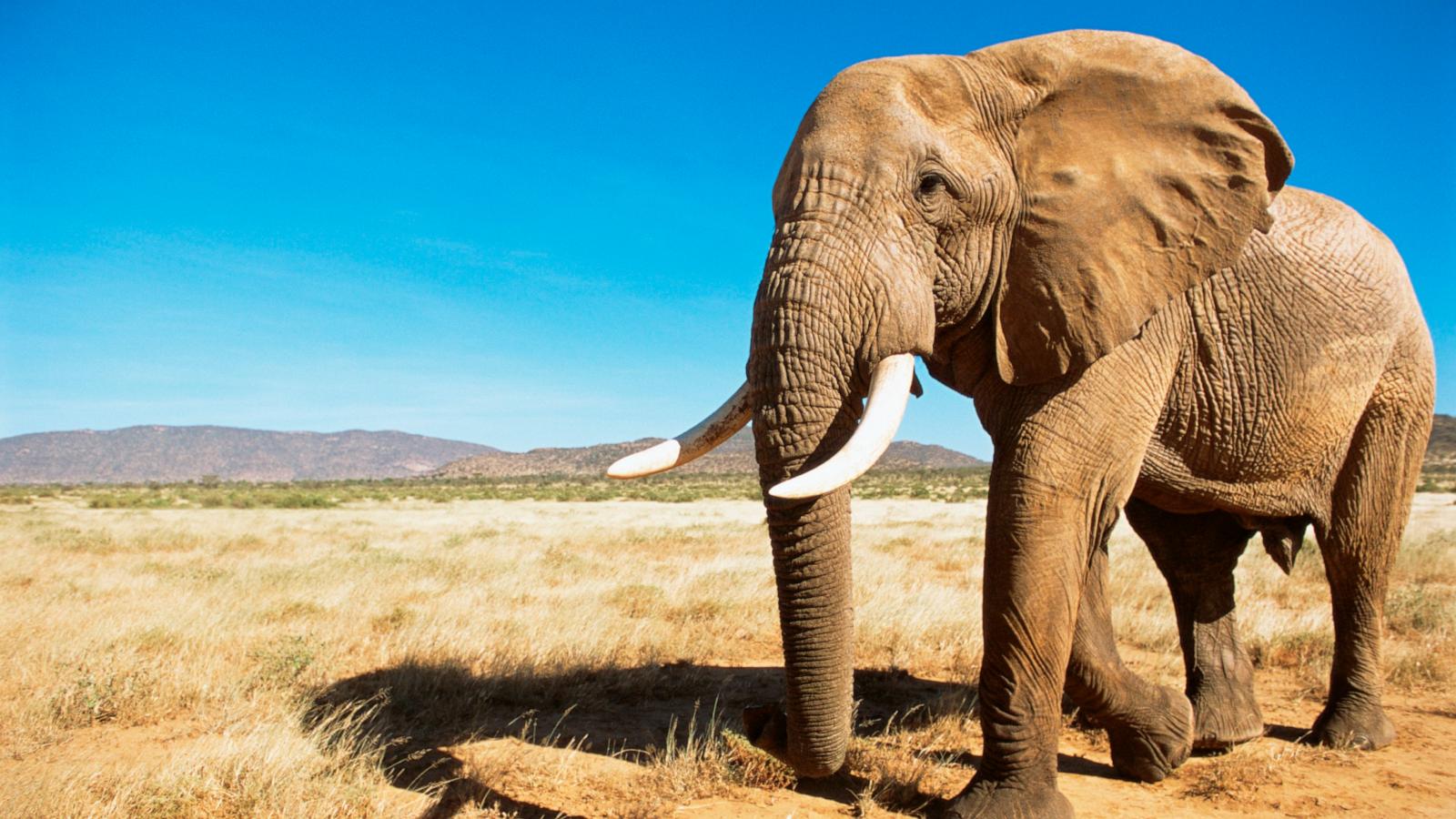
The animal kingdom is filled with creatures that possess incredible strength, each uniquely adapted to their environment. From the depths of the ocean to the highest mountains, the strongest animal in the world exhibit power that far exceeds their size.
This article explores some of these powerful creatures, delving into what makes them the strongest in their respective categories and highlighting the diverse ways strength manifests in the natural world.
What defines strength in animals?
When discussing the strongest animal in the world, it’s important to differentiate between absolute strength and relative strength. Absolute strength refers to the total amount of force an animal can exert, while relative strength considers the animal’s strength in proportion to its body size.
- Absolute strength: Larger animals tend to dominate in absolute strength due to their massive size and muscle mass.
- Relative strength: Smaller creatures can be incredibly strong relative to their size, often lifting or carrying many times their own body weight.
Understanding these distinctions helps in appreciating the varied ways animals exhibit strength.
The African Elephant: The strongest land animal
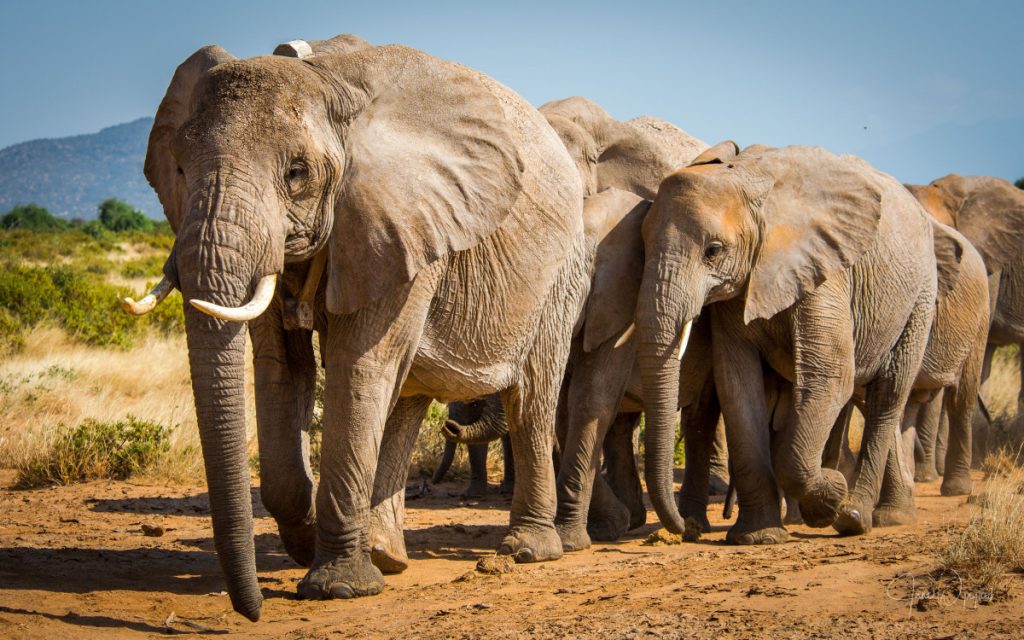
The African elephant is the strongest land animal, capable of carrying loads exceeding 20,000 pounds. Its immense strength, powered by a muscular trunk and massive body, is essential for tasks like uprooting trees, digging for water, and defending against predators.
In the wild, an elephant’s lifestyle revolves around its need to forage for large quantities of food and water, which its strength makes possible, ensuring its survival in the harsh environments of Africa.
Unmatched absolute strength
The African elephant (Loxodonta africana) is widely regarded as the strongest land animal due to its enormous size and muscle power. Weighing up to 12,000 pounds, an adult elephant can carry loads of over 20,000 pounds, which is roughly equivalent to the weight of 130 adult humans.
- Powerful trunk: The elephant’s trunk, which contains over 40,000 muscles, is capable of lifting heavy objects, uprooting trees, and performing delicate tasks like picking up a single leaf.
- Massive strength: Elephants use their strength to push down trees, dig for water, and defend themselves from predators. Their strength also plays a crucial role in their social interactions and mating rituals.
Habitat and conservation
African elephants are found in various habitats across Africa, including savannas, forests, and deserts. Despite their strength, they face threats from poaching, habitat loss, and human-wildlife conflict, leading to their classification as vulnerable by conservation organizations.
The Dung Beetle: The strongest relative to body weight
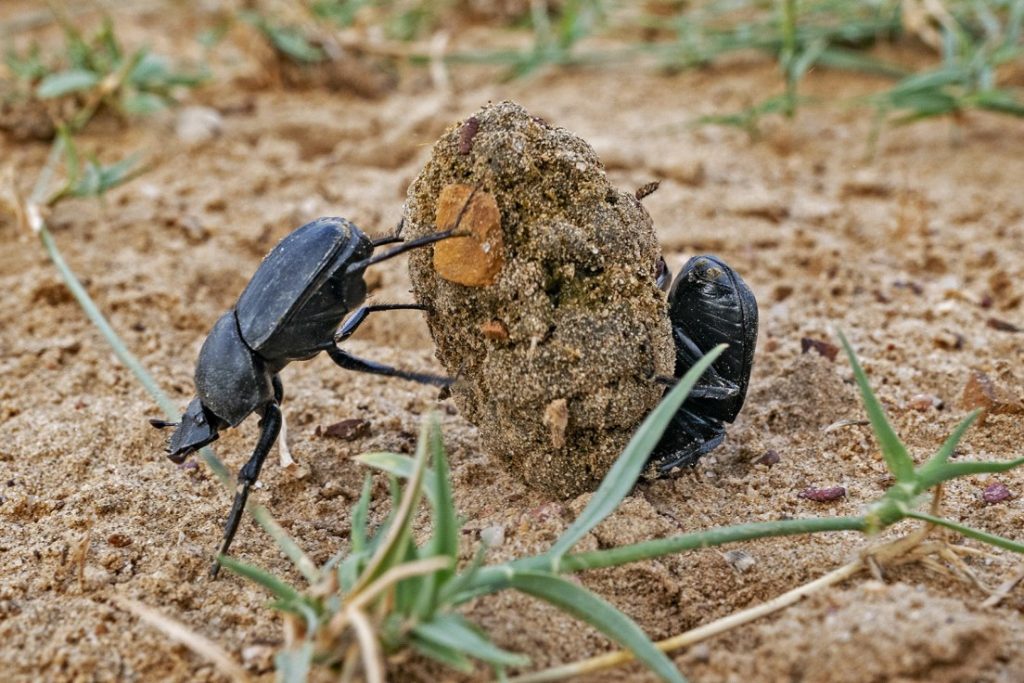
The dung beetle holds the title of the strongest animal relative to its body weight, capable of moving objects over 1,000 times heavier than itself. This incredible strength is vital for transporting dung, which the beetle uses for food and nesting, demonstrating its remarkable endurance and power.
Astonishing relative strength
When it comes to relative strength, the dung beetle (Onthophagus taurus) takes the crown as the strongest animal in the world. This tiny insect, which weighs less than an ounce, can move objects that are over 1,000 times its own body weight. This is equivalent to a human pulling six double-decker buses full of people.
- Incredible endurance: Dung beetles are known for their strength and endurance, which they use to roll balls of dung, often much larger than themselves, to a safe location for feeding or nesting.
- Survival strategy: The strength of the dung beetle is essential for its survival, as it allows the insect to transport its food source while fending off competitors and predators.
Habitat and behavior
Dung beetles are found worldwide, with different species adapted to various environments, from deserts to forests. Their ability to thrive in diverse habitats is a testament to their incredible strength and adaptability.
The Grizzly Bear: North America’s strongest predator
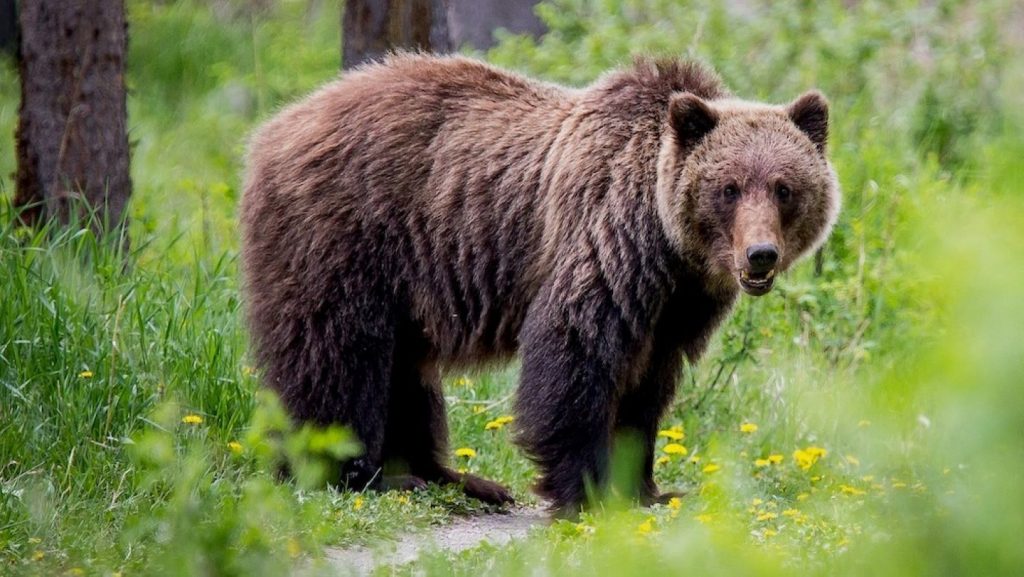
The grizzly bear is North America’s most powerful predator, capable of lifting over 1,000 pounds—more than twice its own body weight. This immense strength allows grizzlies to hunt large prey, defend themselves, and dominate their environment.
Raw power and dominance
The grizzly bear (Ursus arctos horribilis) is one of the most powerful predators in North America, capable of lifting over 1,000 pounds, which is more than twice its own body weight. This strength, combined with its size and ferocity, makes the grizzly bear a formidable force in its habitat.
- Hunting and defense: Grizzly bears use their strength to hunt large prey, such as moose and elk, and to defend themselves against other predators. They are also known for their ability to dig with immense power, creating dens or uncovering food buried deep underground.
- Physical strength: The bear’s muscular build, strong jaws, and sharp claws contribute to its ability to overpower prey and break through tough materials like tree trunks and ice.
Habitat and conservation
Grizzly bears inhabit the forests, mountains, and tundra of North America, particularly in Alaska, western Canada, and the northwestern United States. While they are protected in many areas, their populations are threatened by habitat loss and climate change, leading to ongoing conservation efforts.
The Anaconda: The strongest constrictor
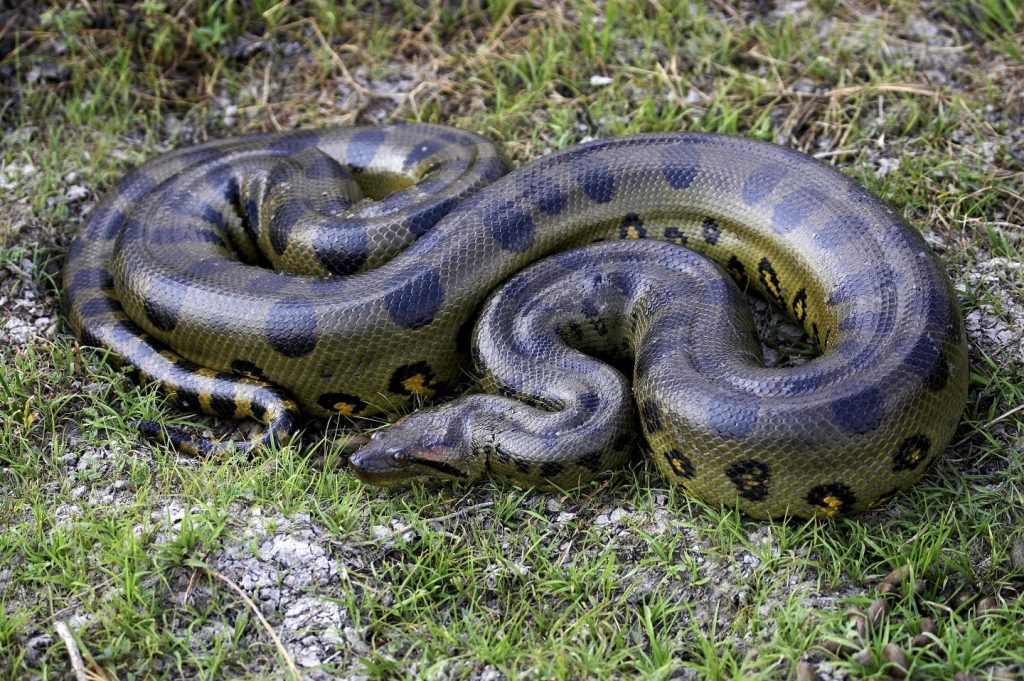
The green anaconda is renowned as the strongest constrictor in the world, capable of applying pressure strong enough to crush the bones of its prey. With its powerful muscles, the anaconda can subdue and consume animals much larger than itself, making it a top predator in its South American habitat.
Crushing strength
The green anaconda (Eunectes murinus) is the largest and one of the strongest snakes in the world. Known for its incredible constriction power, an anaconda can apply pressure equivalent to 90 pounds per square inch, which is enough to crush the bones of its prey.
- Hunting technique: Anacondas use their powerful muscles to constrict and suffocate their prey, which can include large animals such as deer, caimans, and even jaguars. Once the prey is immobilized, the anaconda swallows it whole.
- Physical adaptations: The anaconda’s muscular body, which can reach lengths of over 30 feet and weigh up to 550 pounds, is perfectly adapted for its role as a top predator in its environment.
Habitat and behavior
Anacondas are primarily found in the swamps, marshes, and rivers of the Amazon and Orinoco basins in South America. They are highly aquatic and often hunt in the water, where they can move stealthily and use their strength to overpower prey.
The Gorilla: The strongest primate
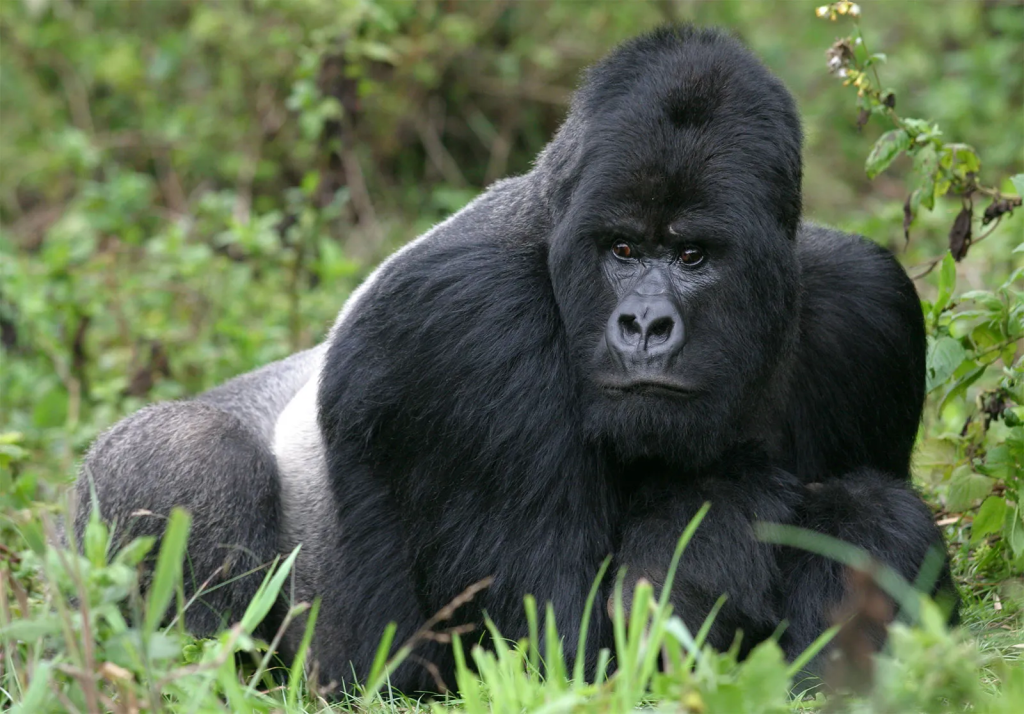
Gorillas are the strongest primates, with adult males, known as silverbacks, capable of lifting up to 10 times their body weight. Their immense strength is crucial for building nests, defending their families, and maintaining dominance within their social groups.
Unparalleled primate strength
Gorillas (Gorilla spp.) are the strongest primates, with adult males, known as silverbacks, capable of lifting up to 10 times their body weight. This means a gorilla weighing 400 pounds could theoretically lift 4,000 pounds.
- Physical power: Gorillas use their strength to build nests, tear down vegetation, and defend their families from threats. Their muscular arms are particularly powerful, allowing them to break through thick foliage and climb trees with ease.
- Social structure: In gorilla troops, strength is crucial for males to establish dominance and protect their group from rival males or predators.
Habitat and conservation
Gorillas inhabit the forests of central Africa, including the Congo Basin and mountain ranges such as the Virunga Volcanoes. All species of gorillas are endangered due to poaching, habitat destruction, and disease, making conservation efforts critical to their survival.
The Rhinoceros Beetle: The heavyweight champion

The rhinoceros beetle is one of the strongest insects in the world, capable of lifting objects up to 850 times its own weight. This impressive strength is primarily used in combat with other males over territory or mates, showcasing the beetle’s incredible power and endurance.
Exceptional lifting power
Rhinoceros beetles (Dynastinae) are some of the strongest insects, capable of lifting objects up to 850 times their own weight. This remarkable strength is used primarily in combat with other males over territory or mates.
- Combat strategy: During fights, rhinoceros beetles use their horns to flip and throw rivals, often engaging in prolonged battles that test their endurance and strength.
- Adaptations: The beetle’s exoskeleton is incredibly strong, providing both protection and a solid foundation for its powerful muscles.
Habitat and behavior
Rhinoceros beetles are found in various habitats around the world, including tropical rainforests and temperate woodlands. Despite their intimidating appearance, they are harmless to humans and play a crucial role in their ecosystems as decomposers.
Final thoughts
The title of the strongest animal in the world depends on how strength is measured—whether by absolute power, relative strength, or specialized abilities. From the mighty African elephant to the tiny but incredibly strong dung beetle, the animal kingdom is full of creatures that showcase the diverse ways strength can manifest.
Each of these animals has evolved unique adaptations that allow them to thrive in their environments, highlighting the incredible power and resilience of nature’s strongest creatures.
Whether through raw muscle power or the ability to carry their own weight many times, these animals demonstrate that strength comes in many forms. Also, here are some similar articles that you might find useful:
